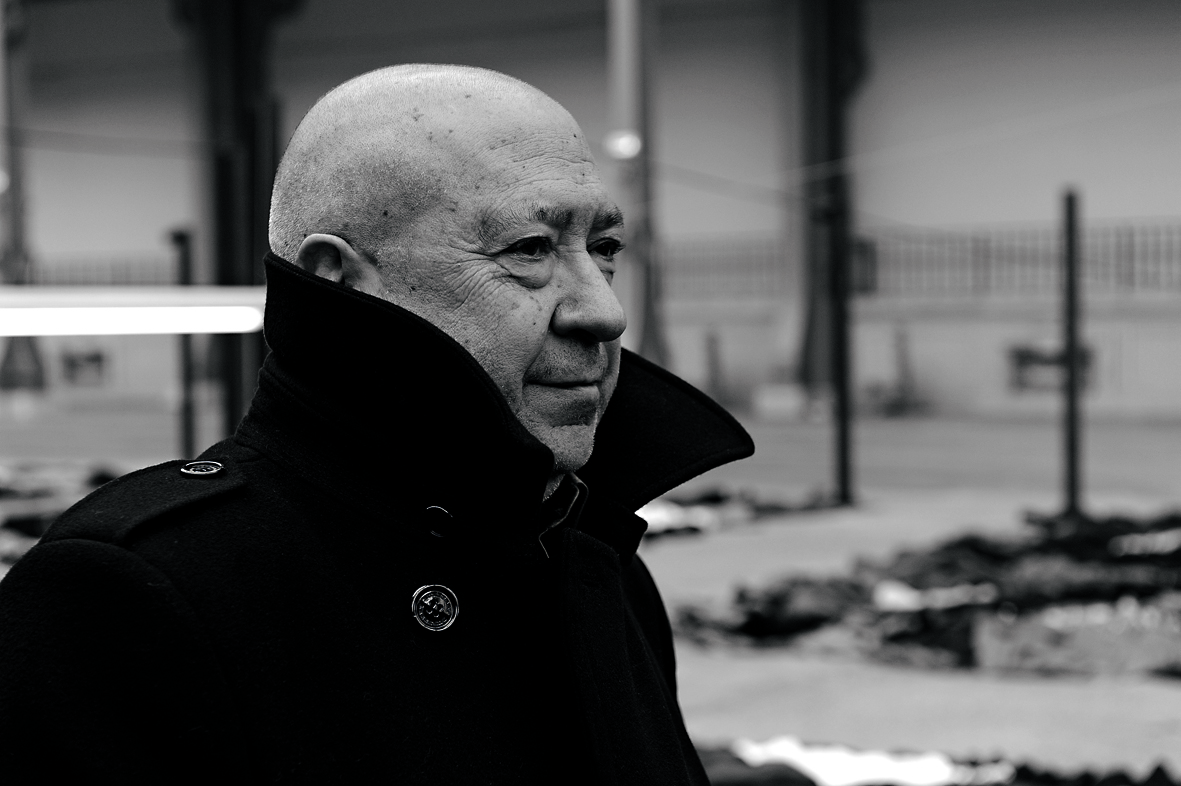AN Interview with
Dr. Nick Merriman
Preeti Kathuria
Preeti Kathuria: What according to you is the biggest obligation of a public museum towards its public who supports it through their taxes?
Nick Merriman: The greatest obligation of a public museum is to engage with the ideas that emanate from its collection. Although it is fundamental to make objects accessible because that is the USP of museums but that is not enough – active engagement is very important – Ideas, issues, notions around an object should be linked with the contemporary world and made accessible to all. As you rightly said, it is public money and people have already paid for it so they have the right to access it. Actually, that was the area of research in my Phd many-many years ago – looking at why museums were not more popular, what are the barriers to public museums, preconceptions, what kind of people are at home with museums and what kind of people are excluded.
PK: In the contemporary times, do you think museums are able to meet that objective, specifically in the British context?
NM: No, they are not. I’ve been in Museums for more than 25 years now. When I started, that was the time to open museums to everybody. We have come a long way, a lot further but there are still a lot of people from lower income groups that are excluded, not excluded but they are not represented in the audience in proportion to the rest of the population. We’ve got better at engaging people from minority, ethnic groups, museums have become more diverse with careful programming but then there are disabled people who are under-represented. But it is a class-based society – we try to deny it but people suffering from multiple deprivations tend to be suffering from cultural deprivation as well. That’s both because they self-exclude themselves and at the same time, organisations are not sufficiently welcoming; they don’t reach out. It’s a vicious circle in operation.


